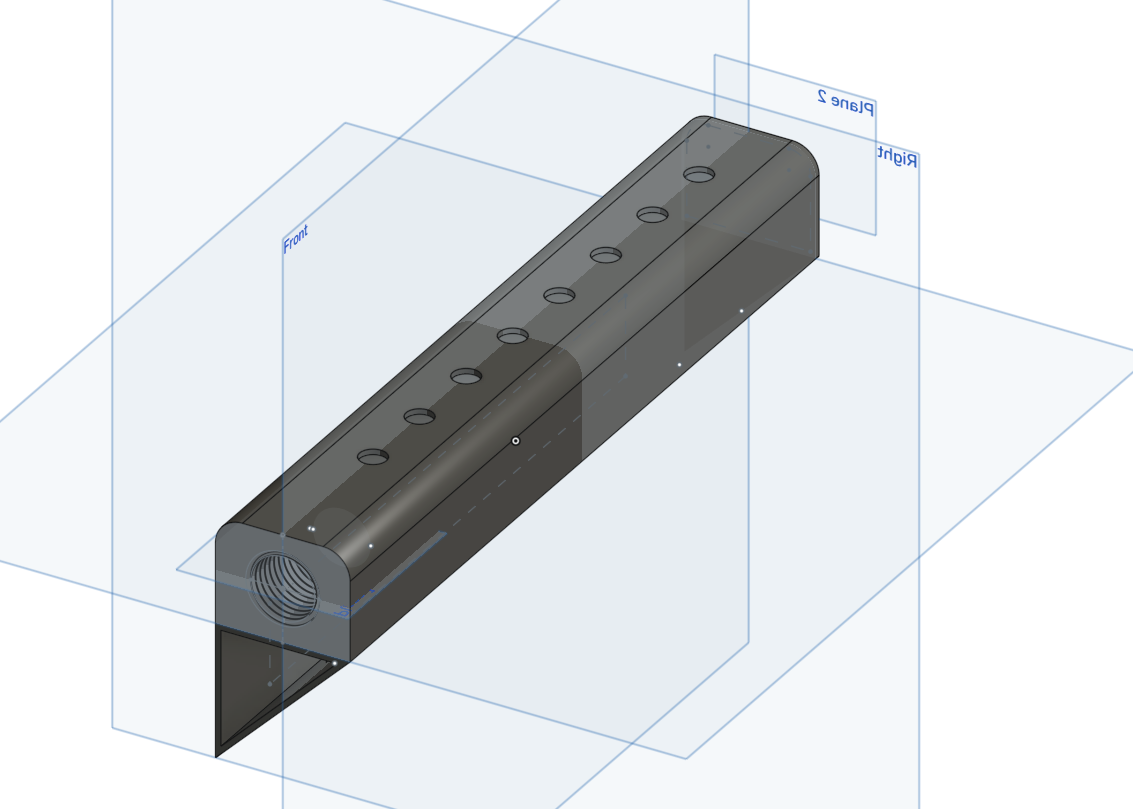FIRE
shiplog #0009 t+2120-5-22t17:21:15.103583 This place is quiet as all get-out. A gentle wind blows outside, rattling the shuttle harnessing, but beyond that, not a sound. It’s eerie. I’ve decided to keep myself busy, there’s a bit of a dust storm from the wind and the low light is fraying my nerves a bit. I’ve got my 3D printer up and running though so I’m going to start manufacturing some tools and other components. That will keep me occupied for a bit and I can let them do their thing once I go to sleep tonight. That’s all for now.
SHIPLOG #0009-SUPPLAMENTAL T+2120-5-23T02:12:02.401823 I was awoken to a horrible sound in the middle of the night. The ships warning system blaring “FIRE, FIRE, EVACUATE”. Lights flashing and sirens ringing isn’t a great way to come to. Not to mention having to track down the source of the fire and put it out before it got worse. Fortunately it was mostly smoldering, unfortunately it was the 3D printer. The damage was easy enough to repair, but this all happened because the air monitoring and filtering system must have been fried. The material stock I’m using apparently puts out a fair amount of volatile (i.e. flammable) compounds that, when trapped inside an enclosure, can lead to ‘combustion events’. I can replace the air filtration easy enough, but now I need to build up a fire supression system so I can make sure this doesn’t get out of hand again.
Fire Supression
Fire supression isn’t too complex a subject. The idea is basic: detect when there’s a fire, then flood the enclosure with an inert gas. CO2 is a good fire retardant for this use case as it won’t fry the electronics (if they’re salvagable) and it plays nice with electricity in general. Fortunately I have a number of CO2 canisters, regulators, and valves. The one big thing I need to design is an effecient delivery mechanism. I can’t just squirt CO2 out of a tube and expect it to do it’s best, I’ll have to think through this one a bit.
Let’s lay out some information:
- Breathable air is 21% oxygen, but most fire requires at least 16 percent oxygen to burn
- My 3D printing enclosure has dimensions 0.55m x 0.55m x 0.38m for a total of 0.115m^3 volume
- The enclosure is sealed except for the top and CO2 is heavier than air
I don’t have large CO2 tanks and I don’t want to flood the shuttle with CO2 (that would kill me) so I need to figure out the minimum required CO2 to put out the fire. I need to bring the oxygen levels in the enclosure below 16%. I’m going to assume that, because the CO2 is heavier than the air, it should push air out the top and not get lost itself. So how much air do I need to push out? Well that parts pretty easy, I have .115m^3 of air and I want to get rid of enough to have 16% oxygen. The question here basically becomes what percent of 21% is 16%? It’s around 76.2%, which checks out. So I need to replace about 24% of the air in the chamber. I need 24% of 0.115m^3 or 0.0276m^3 of CO2 to do it.
Next thing to calculate is how many grams of CO2 that is (I have compressed tanks of CO2 measure in grams). The ideal gas law comes in to save the day here:
\[PV = nRT\]or the pressure times the volume is equal to the moles of the gas times the gas constant times the temperature. Solving for n yields:
\[\frac{1atm * 0.027m^3}{0.1889 * 300K} = n = 1.097 mol\]1.097 mol is 48 grams of CO2.
Building the device
First I’ll need to design the delivery system. The general idea looks like this:

I have most of these parts except the delivery system. I can design something quick in CAD and print it out on the 3D printer. I won’t leave that thing alone for a second though, you know, in case it catches fire…again…

This design is perhaps a little too rudimentary, it ignores the dynamics of gas flow, but the goal is to spread out the gas at least somewhat. (more than just squirting it all over the place). All assembled the pieces look like this:

finally, it’s time for the electronics
The brains
The control is fairly minimal, detect when the gas value exceeds some threshold, then trigger a solenoid valve opening the gas line. (author’s note: this is a functional design, but I left a lot of safety features out as this is mostly for fun, there’s no power filtering or protection from back emf from the solenoid or relay). I used a 5V regulator to bring down the 12V to 5V for the MQ-2.

When the analog value from the MQ-2 sensor is over a threshold, it sets pin 0 to high for a set amount of time. The code can be found here:
https://github.com/heidtn/fire_supression_system
Conclusion
The device is complete and functional and releases CO2 when enough smoke fills the chamber!
Here is the finished system including snazzy electronics enclosure box:

The black pneumatic hoze can be extended to move the injector wherever I like relative to the source CO2.
I’m safe for now, and I can apply this system to other places where putting a fire out might be handy (as long as I’m not there). A future improvement might be to analyze the fluid flow of CO2 to create a more optimal CO2 injector, but for now this will do. I’ve got my tools up and running, time to get started on building out my base.